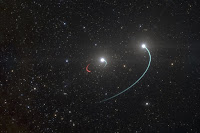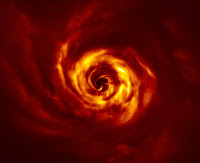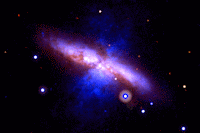NASA Discovers Unexplained Space Light

NASA Finds Mysterious Glow in Deep Space Source: NASA New Horizon Spacecraft New Science: Discovery of Light in Space From Outside Our Galaxy This is remarkable astronomy just reported by scientists at NASA. For decades, scientists have been unable to answer the question: How dark is space? Meaning, is there any light in the inky darkness that you see in the night sky between stars and galaxies? Through painstaking analysis, NASA scientists have discovered there is the mysterious glow of light in deep space coming from outside of our galaxy. New Horizon Mission The NASA mission, to determine how dark space really is, is called New Horizon. The New Horizon spacecraft is 4 billion miles from Earth and has provided astronomers with a series of images from its telescopes. NASA scientists processed out any light from sta...











